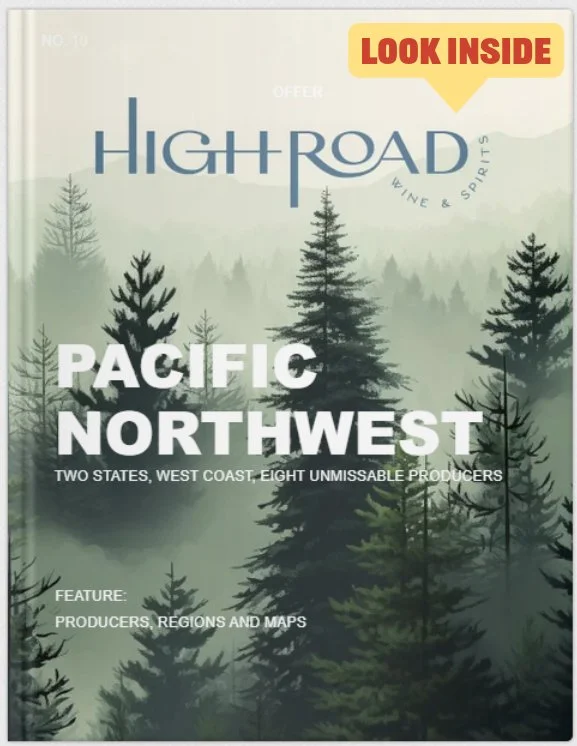regional feature: pacific northwest
California may claim the Golden State name, though there’s just as much glimmer to be found in the states located above it—especially with regards to viticulture and vinification. In addition to holding some of the country’s most exciting growing sites, Oregon and Washington are also home to some of its most talented winemakers, and the regions’ boast just as rich of a history as that of southerly California. Winemaking in Oregon dates to the mid-19th century, though commercial production didn’t really take off for another hundred years. Today, the state is home to over 30,000 acres of vineyards and 900+ wineries, ranging from small family producers to larger regional co-ops and more. Pinot Noir has become the state’s unofficial signature variety, though its Chardonnay and Pinot Gris are also making waves across the industry. In terms of average annual case production, Oregon is the fourth-largest wine-producing state.
OREGON
Oregon is home to five major AVAs, some of which overlap into neighboring states. The two most popular AVAs, the Willamette Valley and Southern Oregon, are entirely contained within the state’s borders, and are home to a handful of popular sub-AVAs. The Columbia Gorge AVA and parts of the Walla Walla AVA, which is within the larger Columbia Valley AVA, are located in northern Oregon and spread into Washington, while the easterly Snake River AVA straddles into Idaho.
WASHINGTON STATE
Up in Washington, over 99% of viticulture takes place in the drier eastern half of the state, thanks to the rain shadow created by the Cascade Range. Similar to Oregon, the first grapes were planted in Washington during the early to mid-19th century, with commercial viticulture taking off around a century later. Today, Washington State is planted to over 50,000 acres of vines, and is home to over 1,000 wineries. The most popular grapes in Washington State are Cabernet Sauvignon, Chardonnay, Riesling, Merlot, and Syrah, which make up over 80% of the state’s production.
There are 20 AVAs located in Washington State, with the Columbia Valley and Yakima Valley containing most of the region’s famed sub-AVAs. Surprisingly, most of Washington actually gets around two more hours per day of sunlight than in California, meaning that grapes are generally able to reach optimal ripeness, yet remain balanced with acidity thanks to the state’s overall cooler climate and large diurnal temperature swings. The presence of numerous rivers, including the Walla Walla, Yakima, Snake, and Columbia, all help temperate climate, as well as provide important resources for irrigation..

